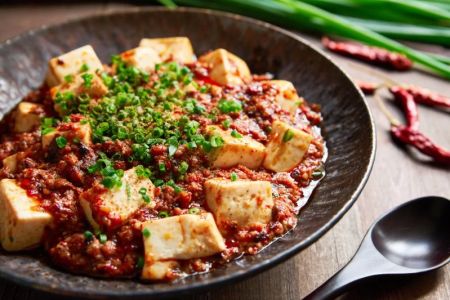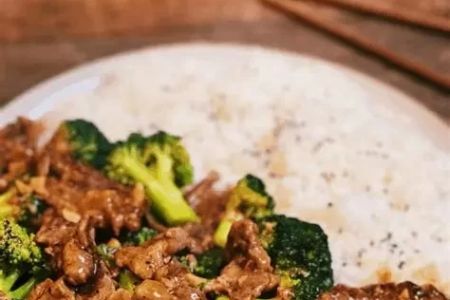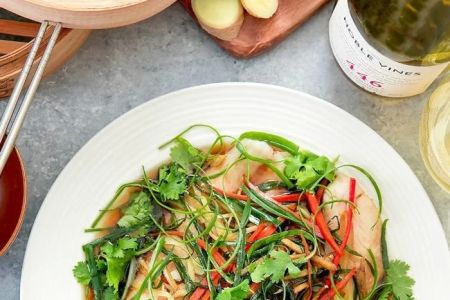- What is velveting meat and why it matters
- Traditional techniques used in Chinese cooking
- Step-by-step velveting process explained
- Common mistakes to avoid in velveting
- Real-life stories and dining experiences
- Why velveting enhances stir-fries at home
What is velveting meat and why it matters
Velveting meat is a classic Chinese cooking technique designed to keep meat tender and juicy when stir-fried. The process involves marinating slices of chicken, beef, or pork in a mixture often containing egg white, cornstarch, and rice wine, then briefly blanching or oil-poaching the meat before stir-frying. The result is a silky coating that locks in moisture, creating the melt-in-your-mouth texture that diners love in restaurant-quality dishes.
For home cooks in the United States trying to recreate authentic Chinese stir-fries, learning how to velvet meat can be a game changer. It transforms ordinary cuts into tender bites that rival what you’d get at a professional restaurant. Many chefs consider it the secret ingredient to consistency and flavor.
Traditional techniques used in Chinese cooking
Chinese cuisine emphasizes balance in flavor and texture. Velveting has been a part of Chinese culinary traditions for centuries, especially in Cantonese cooking where the goal is to highlight the natural flavors of meat without overpowering sauces. Chefs developed velveting to achieve consistent tenderness, particularly when cooking quickly over high heat in a wok.
Historically, velveting was done using lard or rendered fats for oil-poaching, which not only protected the meat but also enriched the flavor. Today, most home cooks use vegetable oil or broth for a lighter result. Whether adapted or traditional, the principle remains the same: protect the meat so it cooks evenly and retains its juices.
Step-by-step velveting process explained
The process of velveting meat may sound complicated, but it is simple once broken into steps. First, thinly slice the meat against the grain to reduce chewiness. Then, prepare a marinade of egg white, cornstarch, and a splash of rice wine or soy sauce. Coat the meat evenly and allow it to rest for at least 30 minutes. Next, the meat is either briefly boiled in water (water velveting) or par-cooked in oil (oil velveting) until the surface turns opaque.
Once the meat is prepared, it can be quickly stir-fried with vegetables and sauce. Because the velveting process seals in moisture, the meat remains tender even when exposed to high heat. Many Chinese restaurants in the U.S. rely on this technique for dishes like beef with broccoli or chicken chow mein, where texture plays as important a role as flavor.
Common mistakes to avoid in velveting
While velveting is a reliable method, many beginners make common mistakes that affect results. One is skipping the marinade time—without proper coating and rest, the meat won’t achieve the desired tenderness. Another mistake is overheating the oil or water during pre-cooking, which can toughen the meat instead of protecting it. Using the wrong cut of meat, such as overly lean cuts with no marbling, may also result in a less flavorful dish.
Experienced home cooks recommend practicing patience. Proper velveting is less about speed and more about preparation. When done correctly, even affordable cuts of meat like chicken breast or flank steak can taste luxurious.
Real-life stories and dining experiences
Food enthusiasts often share stories of their first attempts at velveting. One Houston-based home cook explained how her stir-fries went from “good” to “restaurant quality” overnight once she learned the method. Another described visiting family in Guangzhou, where she watched her grandmother velvet meat using nothing more than pantry staples and a wok, proving that technique often matters more than expensive ingredients.
In fact, velveting has gained attention on cooking forums and social media, where chefs share before-and-after comparisons that highlight just how transformative the technique can be. For many food lovers, velveting represents the bridge between everyday cooking and professional-level meals.
Why velveting enhances stir-fries at home
Stir-frying is all about high heat and speed. Without velveting, meat often loses its moisture and becomes chewy by the time it hits the plate. By using this technique, home cooks can ensure that even quick weeknight meals taste tender, juicy, and flavorful. Velveting is especially beneficial for lean proteins, which are more prone to drying out.
For those eager to recreate their favorite Chinese takeout dishes, mastering velveting is essential. It is one of the simplest ways to elevate homemade stir-fries to a professional standard. And when you want more guidance or inspiration, resources like Chinese Food can provide recipes, tips, and recommendations for ingredients to perfect your next dish.







